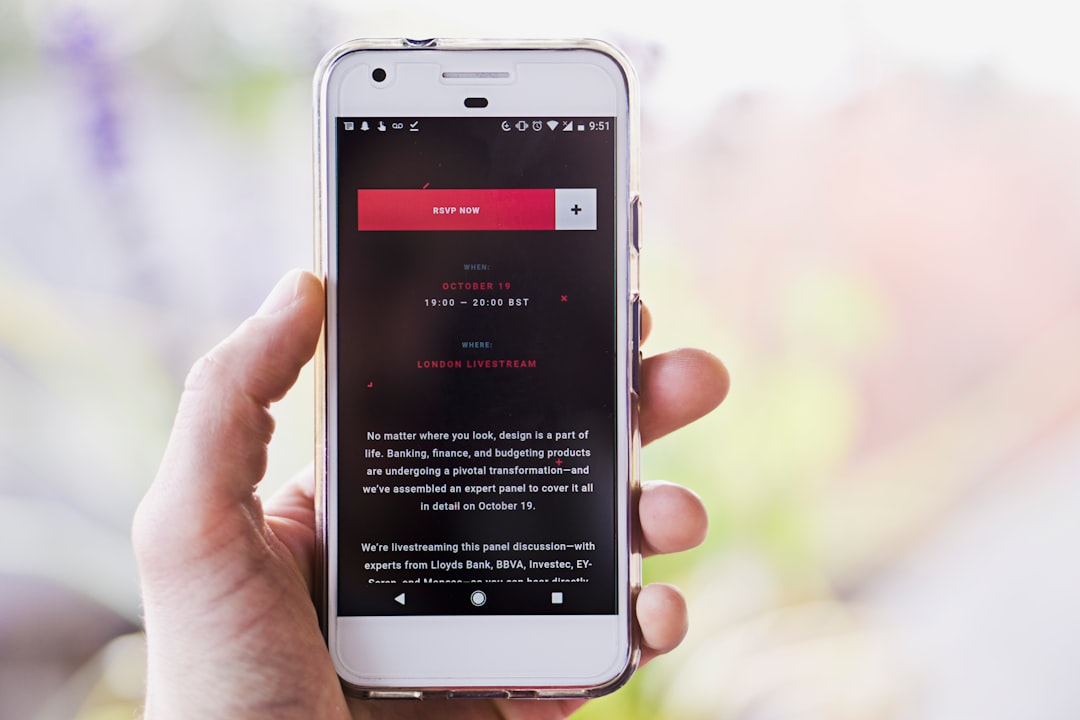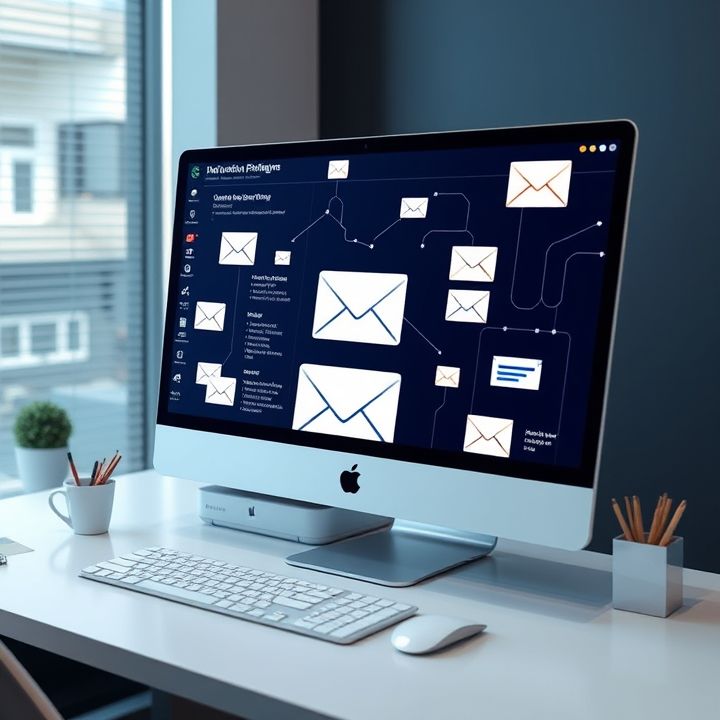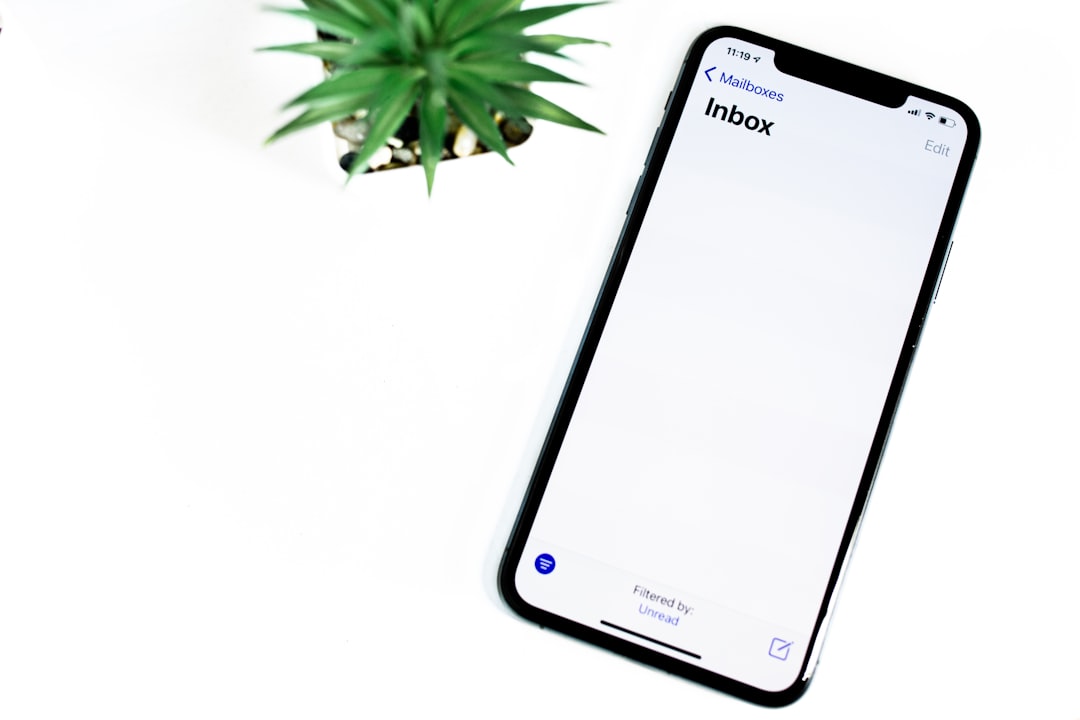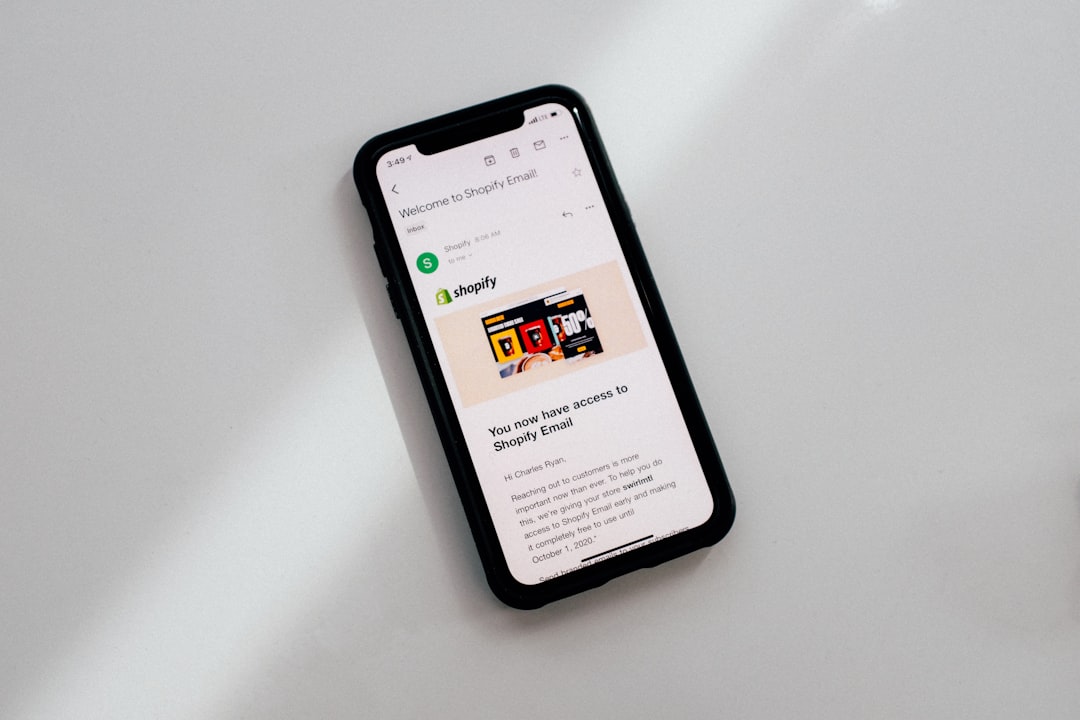Table of Contents
- Introduction
- Understanding the Basics of Audience Segmentation
- Exploring Types of Segmentation: Demographic, Behavioral, and More
- How Segmentation Enhances Customer Engagement
- Introduction to Dynamic Content in Emails
- Crafting Personalized Messages with Dynamic Content
- Improving Open Rates through Segmentation and Dynamic Content
- Case Studies on Successful Segmentation and Dynamic Content Strategies
- Tips and Best Practices for Implementing Segmentation and Dynamic Content
- Conclusion
- Frequently Asked Questions
Introduction
Are you ready to catapult your email marketing campaigns to unprecedented success? The secret lies in mastering the art of segmentation and dynamic content. Imagine knowing exactly what each of your subscribers wants and delivering content that speaks directly to them. In the realm of email marketing, this is not just a dream—it’s an achievable reality. With the right strategies, you can transform your engagement metrics and conversion rates into a powerhouse of marketing excellence.
Let’s delve into the magic that segmentation and dynamic content can weave. First, consider the possibilities when you divide your audience into more relevant segments. Suddenly, your emails feel more personalized and relevant to readers, who receive content tailored to their specific interests and behaviors. Next, the use of dynamic content elevates this approach, creating an interactive customer journey with responsive elements that captivate and convert.
| Benefits of Segmentation | Power of Dynamic Content |
|---|---|
| Increased Engagement | Real-time Personalization |
| Higher Conversion Rates | Enhanced Targeting |
| Improved Customer Retention | Adaptive Messaging |
As you turn the pages of this article, embark on a journey of discovery into how these potent strategies can transform your email marketing efforts, generating results that are nothing short of explosive.
Understanding the Basics of Audience Segmentation
Audience segmentation is a fundamental aspect of modern email marketing strategies that involves dividing your entire subscriber base into smaller, more targeted groups based on specific criteria. This approach allows marketers to tailor their messages to each segment’s unique characteristics, preferences, and behaviors, resulting in more relevant and engaging communication. By understanding the basics of audience segmentation, businesses can effectively enhance their marketing efforts.
Segmentation criteria can vary widely, ranging from demographic factors like age, gender, and location, to more sophisticated metrics such as purchasing history, browsing behavior, and engagement levels. By categorizing subscribers into meaningful segments, marketers can craft customized content that resonates with each audience group, ultimately driving higher open and click-through rates.
Moreover, segmentation helps in minimizing unsubscribes and spam complaints by ensuring that recipients receive content that is pertinent to their interests and needs. It enables businesses to foster stronger relationships with their audience by demonstrating an understanding of their specific desires and motivations. This personalized approach not only increases customer satisfaction but also boosts overall campaign performance and return on investment.
Exploring Types of Segmentation: Demographic, Behavioral, and More
Segmentation in email marketing refers to dividing your email list into distinct groups based on various criteria to deliver more personalized content. One common approach is demographic segmentation, which categorizes subscribers based on personal attributes such as age, gender, income level, or education. This helps in tailoring messages that are more likely to resonate with specific groups. Another effective method is behavioral segmentation. This involves grouping individuals based on their actions, such as past purchases, browsing history, or interaction with previous emails. By understanding their behavior, you can send targeted campaigns that are more likely to drive conversions. Geographic segmentation, meanwhile, focuses on the physical location of subscribers, enabling businesses to promote region-specific offers or events. Psychographic segmentation goes a step further by considering lifestyle, interests, and values, making it possible to create exceptionally relevant content. Choosing the right type of segmentation ensures your message is not only received but also appreciated by your audience, ultimately improving engagement and effectiveness.
How Segmentation Enhances Customer Engagement
Segmentation is a powerful tool in email marketing that significantly enhances customer engagement. By dividing your email list into distinct groups based on demographics, behavior, purchasing history, or engagement levels, you can tailor your messages to resonate more deeply with your audience. Personalized emails are more likely to capture the recipient’s attention, as they address specific needs or interests, making them feel valued and understood.
For example, a customer who regularly purchases a particular category of products will appreciate receiving emails about special deals or new arrivals in that category. This level of personalization can lead to higher open rates, increased click-through rates, and ultimately greater conversion rates.
Furthermore, segmentation allows marketers to send more relevant content at the right time. By analyzing customer behavior, such as browsing patterns or past purchases, brands can predict future needs and send timely, targeted emails. This proactive approach not only boosts engagement but also strengthens brand loyalty, as customers are more likely to continue engaging with a brand that consistently provides valuable and pertinent information.
Introduction to Dynamic Content in Emails
Dynamic content in email marketing refers to personalized and tailor-made information presented within an email based on the recipient’s preferences, behavior, or previous interactions. This marketing technique enhances the relevance of email campaigns, resulting in improved engagement rates and ultimately, a higher return on investment. By utilizing dynamic content, marketers can display different messages, images, or offers according to the recipient’s demographic data, purchase history, or browsing behavior.
For instance, a fashion retailer might showcase a selection of women’s clothing to female subscribers and men’s apparel to their male counterparts, all in the same email send-out. This level of customization ensures that each recipient receives content that resonates with their specific needs or interests, making them more likely to interact positively with the call to action. The use of dynamic content goes hand-in-hand with email segmentation, where audiences are divided into distinct groups to allow even more personalized communication strategies. As businesses increasingly prioritize consumer experience, understanding how to leverage dynamic content effectively is essential for maintaining a competitive edge in today’s digital marketing landscape.
Crafting Personalized Messages with Dynamic Content
Crafting personalized messages with dynamic content is a game-changer in email marketing strategy. This approach involves tailoring email messages to individual recipients based on their preferences, behaviors, and demographics. Dynamic content allows marketers to create various versions of a single email template, automatically adjusting text, images, and offers for different segments of their audience. This level of customization helps capture attention, improve engagement rates, and establish a stronger connection with customers.
The process typically starts with effective segmentation, breaking down an email list into distinct categories such as past purchase behavior, geographical location, or specific interests. Once segmented, dynamic content tools can be deployed to insert personalized elements into emails in real-time. For example, a clothing retailer might showcase seasonal apparel relevant to the recipient’s local climate, or a travel company could feature holiday deals tailored to an individual’s favorite destinations.
Beyond increasing immediate engagement, dynamic content also contributes to long-term customer retention by ensuring that each interaction feels relevant and valuable. It opens up opportunities for continuous learning about customer preferences, allowing marketers to refine their strategies with each campaign. By making marketing feel more like a conversation and less like a generic broadcast, businesses can foster loyalty and drive sustainable growth.
Improving Open Rates through Segmentation and Dynamic Content
Improving open rates in email marketing is crucial for enhancing the effectiveness of your campaigns. Two key strategies play a significant role in achieving this: segmentation and dynamic content. Segmentation involves dividing your email list into smaller, distinct groups based on specific criteria such as demographics, purchasing behavior, or engagement levels. By targeting these segmented groups with tailored messages, marketers can increase relevance, leading to higher open rates.
Dynamic content further personalizes the email experience. By incorporating dynamic elements, marketers can customize content for each recipient, making the email more engaging and relevant. This can include personalized product recommendations, location-specific offers, or content that reflects previous interactions with the brand. Dynamic content ensures that each recipient receives a message that feels unique and relevant to them, significantly boosting the likelihood of opening the email.
By combining segmentation and dynamic content, marketers can create highly relevant and personalized messages that capture the attention of recipients. This not only improves open rates but also enhances overall engagement with the email, providing a more tailored and effective communication strategy.
Case Studies on Successful Segmentation and Dynamic Content Strategies
Case studies provide valuable insights into how segmentation and dynamic content can transform email marketing strategies. One notable example is a retail company that utilized segmentation by analyzing customer purchase history to create targeted campaigns. By segmenting their audience into frequent shoppers and occasional buyers, they crafted specific promotions that appealed directly to each group’s interests, resulting in a 20% increase in open rates and a significant rise in sales.
Another success story comes from a travel agency that employed dynamic content in their emails. They personalized holiday package deals based on the recipient’s previous destinations and preferences. This tailored approach led to an impressive 30% hike in click-through rates. By leveraging dynamic elements like personalized images and offers, they turned static email templates into engaging experiences for their subscribers.
These examples illustrate that by understanding their customers’ behavior and preferences, businesses can utilize segmentation and dynamic content to create more relevant and compelling email marketing campaigns. This strategic approach not only enhances customer engagement but also boosts conversion rates and fosters long-lasting customer relationships.
Tips and Best Practices for Implementing Segmentation and Dynamic Content
Incorporating segmentation and dynamic content into your email marketing strategy can enhance personalization and boost engagement. Start by segmenting your email list based on criteria such as demographics, purchase history, or engagement level. This allows you to send more relevant messages to your audience, increasing the likelihood of conversions. Utilize dynamic content to adjust parts of your email based on the recipient’s data, ensuring that every interaction feels personalized.
One of the best practices is to continuously refine your segments. Regularly analyze your data to discover new segments and to ensure that your current segmentation remains effective. A/B testing different content versions can provide insights into what resonates with specific audience segments. Additionally, ensure dynamic elements are purposeful; avoid random changes that don’t add real value.
Always prioritize data accuracy and privacy. Use reliable data sources and comply with privacy regulations like GDPR and CCPA. Encourage your subscribers to keep their information updated and be transparent about how you use their data to build trust. Lastly, monitor campaign performance to identify successful strategies and areas for improvement. By implementing these tips, you can optimize your email marketing for better results.
Conclusion
In conclusion, harnessing the power of segmentation and dynamic content can revolutionize your email marketing efforts. By understanding and implementing these strategies, you can transform your email campaigns into highly personalized and engaging experiences for your audience. Segmentation enables you to connect with different groups within your subscriber base more effectively, while dynamic content ensures each communication is uniquely tailored to individual preferences and behaviors. This synergy not only increases open rates, click-throughs, and conversions but also strengthens customer relationships and loyalty.
Successful case studies have shown remarkable improvements in engagement and sales through the strategic use of segmentation and dynamic content. By following best practices and continuously refining your approach, your business can achieve similar explosive results. Investing in these techniques demonstrates a commitment to delivering value to your subscribers, positioning your brand as a leader in customer-centric marketing strategies. Embrace the opportunities offered by segmentation and dynamic content to elevate your email marketing success to new heights.

















